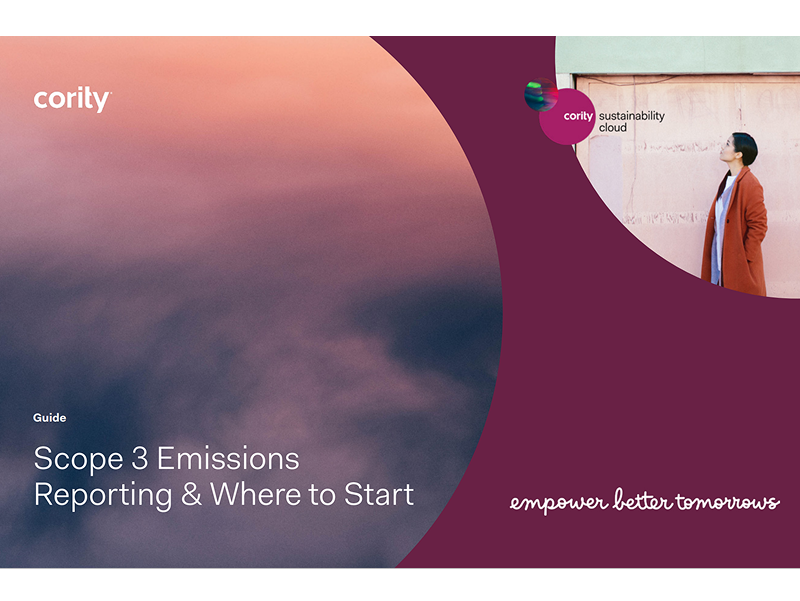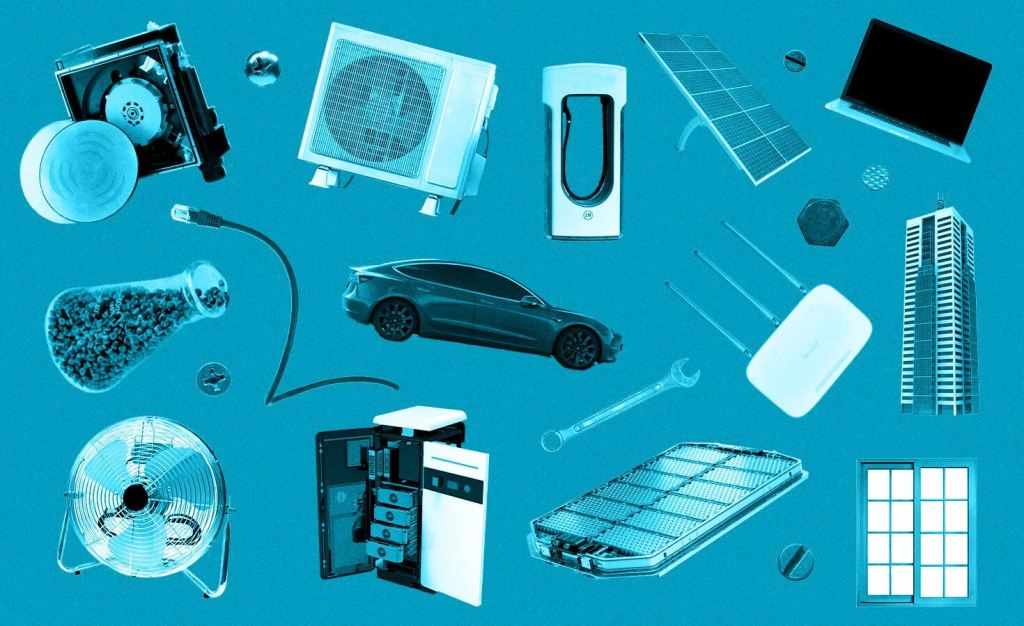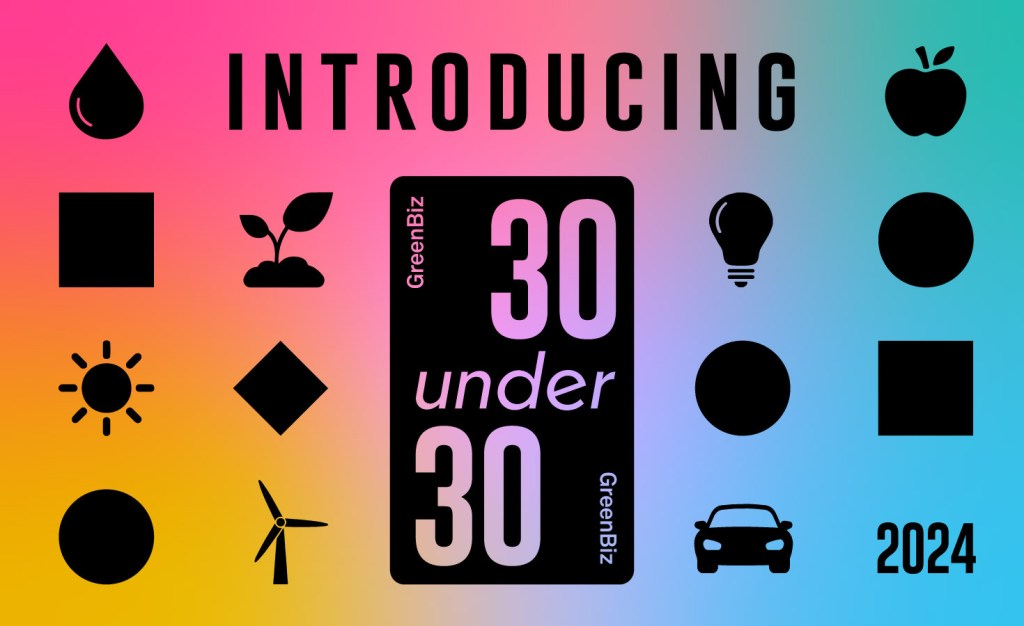How Holcim will nurture nature at 800 limestone quarries
The cement maker’s strategy focuses on biodiversity and freshwater conservation. Read More

A quarry is a giant gash in the landscape, devoid of plant life and inhospitable to most animals. Holcim, one of the world’s largest cement makers, operates more than 800 quarries around the world, from which it extracts the limestone and other materials it needs to manufacture its products. In 2021, the company, based in Zug, Switzerland, committed to making its operations “nature positive,” restoring quarries to again be able to support biodiversity and slashing freshwater use in its facilities.
The company, which operates in more than 50 countries, must manage those nature commitments along with its urgent efforts to reduce carbon emissions. Cement production accounts for 6 percent of the world’s emitted carbon, but finding feasible alternatives for it in the construction of buildings, bridges and roads is a daunting task.
Making cement and then turning it into concrete also consumes a great deal of water. And concrete production failures can produce toxic waste.
The responsibility for setting Holcim’s nature strategy and biodiversity commitment rests with Renata Pollini, a Brazilian sustainability expert who joined Holcim as its head of nature in 2020 (and now is also responsible for sustainable construction). It was a time when European regulators were beginning to develop policies to encourage businesses to address their impact on biodiversity.
“The company’s leadership understood early on that nature was the new climate,” Pollini said.
The Plan
After a review of the company’s wide-ranging impact on nature, Holcim published a nature strategy in 2021 that set targets in two areas:
Biodiversity: By 2024, it would calculate the biodiversity impact of all of its active and non-active quarries. Then by 2030, it would improve those measures. The measurements used a methodology dubbed the Biodiversity Indicator Reporting System (BIRS) Holcim had developed with the International Union for Conservation of Nature (IUCN), a longtime partner.
Water: By 2030, it would reduce its use of freshwater by 15 percent to 33 percent, depending on the type of facility. By 2026, it would ensure the water discharged from all of its facilities meets local water quality regulations as well as the company’s own standards. Water quality has been an issue in the United States, where the Environmental Protection Agency lists 11 Holcim facilities with significant water-quality violations.
The Challenges
Measuring each quarry’s biodiversity
The responsibility to conduct the biodiversity analysis falls on management in each country in which Holcim operates. The BIRS system requires them to capture specific data for each ecosystem connected to a quarry.
“In a tropical forest, we’ll ask about canopy size, whether the soil is bare or green, and many other questions about the plants and animals there,” Pollini said. Ultimately, these indicators are used to create an index that reflects ecosystem quality.
Holcim has conducted a series of training sessions and deployed a mobile app to assist in the evaluation. Now, with the deadline looming, Pollini is working with the laggards to complete the remaining evaluations by the end of the year.
Reclaiming quarries to foster nature
Even before a full analysis was completed, the biodiversity focus changed how Holcim rehabilitated its quarries.
“Instead of just planting a single type of tree, countries are now asking what combination of trees and plants will attract pollinators and foster native species,” Pollini explained. “That’s one example of how they can get a higher biodiversity score.”
Reducing freshwater use
Much of the effort to meet Holcim’s 2030 water use targets, Pollini said, involves using non-fresh water in its operations while at the same time collecting rainwater. In some cases, older equipment will need to be replaced with models that use less water.
Encouraging local units to invest in nature solutions
After each country unit identifies potential steps towards improving its facilities’ biodiversity and water use, local management still has to approve the investment. Sometimes, when the environmental issue may not be immediately pressing, Pollini said she encourages managers to look at the long term. “There are plenty of sites where we are withdrawing a lot of water but aren’t stressed today,” she says. “With climate change, they may well be at risk in 20 years.”
These discussions are easier at Holcim than they would be at many other companies because one-third of the bonuses of its 200 top leaders are determined by how well they meet environmental targets.
Balancing nature and climate goals
There are times when achieving local biodiversity objectives may take priority over the company’s global focus on reducing carbon emissions. In Spain, for example, Holcim rejected a proposal to put solar panels on its land because they would limit flora from growing. Instead, the company planted a variety of native species that would contribute to biodiversity.
The Future
The end of 2024 will be a critical junction for Holcim’s biodiversity efforts. It is rushing to complete evaluations of all its quarries; 64 percent had been measured by the end of 2023.
Once those ratings are validated by the IUCN, the company will announce a baseline figure based on its biodiversity index, and its quarry reclamation efforts will focus on addressing the issues and opportunities raised by the assessments.
“Once we have the baseline, we can see the actions we need to take to increase our biodiversity,” Pollini said. “When we measure again, in 2030, our goal is for the biodiversity index to be higher.”
Already, Holcim’s approach is being validated by the growing global interest in biodiversity, including the Taskforce on Nature-related Financial Disclosures (TNFD) and the 2022 UN Biodiversity Conference (COP 15).
“When we launched, there was no TNFD, but now we’re seeing a lot of developments in the nature community,” Pollini said.














